Did you know many different colors represent anxiety? Rooted in color theory, psychological experience, and human nature, the colors that represent anxiety may also represent other closely linked emotions and feelings. But which colors encapsulate anxious emotions best, and why might this be the case?
Today, we’ll discuss all the colors most readily associated with anxiety and anxious feelings. Not only will we go over why these colors are closely linked to this concept, but we will also mention where these shades can be found in nature if you are interested in exploring your own anxieties. Let’s begin with these hues now.
Which Colors Represent Anxiety?
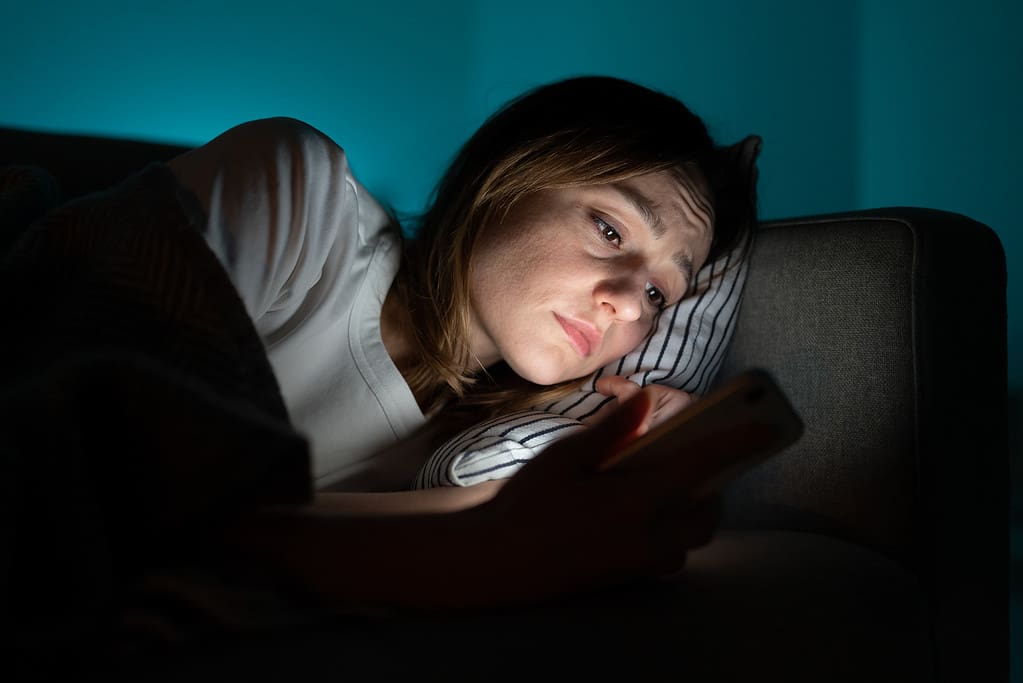
Some of the most popular colors connected to anxiety include gray and white.
©Dima Berlin/iStock via Getty Images
While every individual may find certain colors more anxiety-inducing than others, some of the colors that best represent anxiety include brown, red, orange, white, yellow, and gray. These colors represent anxiety because of color psychology theories as well as the overall human experience.
Many studies have examined color and how it affects our anxiety levels. Our brains are deeply influenced by color and what we look at day to day, making certain shades more likely to induce anxiety than others. Let’s take a closer look at why these colors represent our most anxious feelings.
1. White
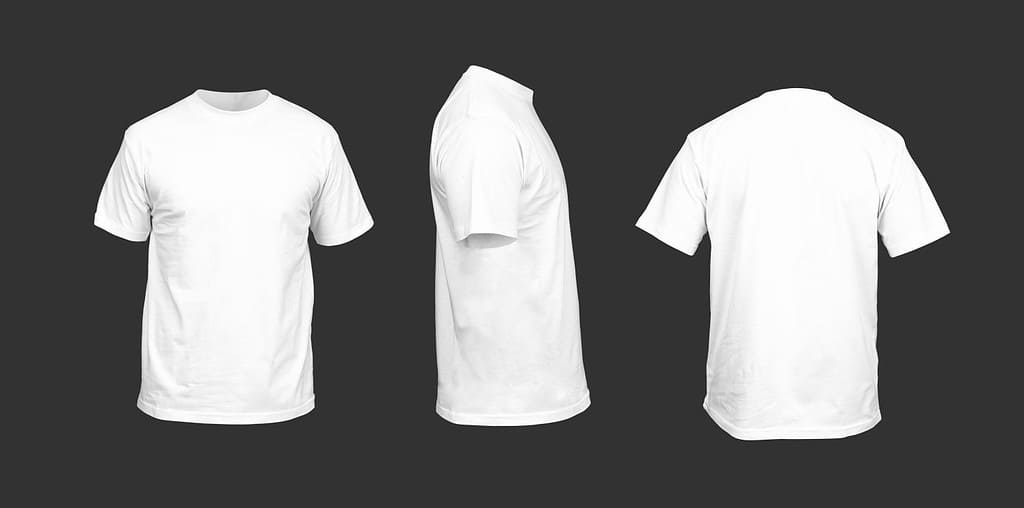
Hospitals, anxiety, and the color white all work in tandem.
©Ionov Artem/Shutterstock.com
While there’s a specific name for fearing the color white, this color is readily associated with anxiety for many reasons. Emptiness and impossibly clean spaces represented by the color white can make individuals anxious or on edge. Plus, white is a color connected to hospitals and other facilities that may bring out anyone’s anxieties!
2. Gray
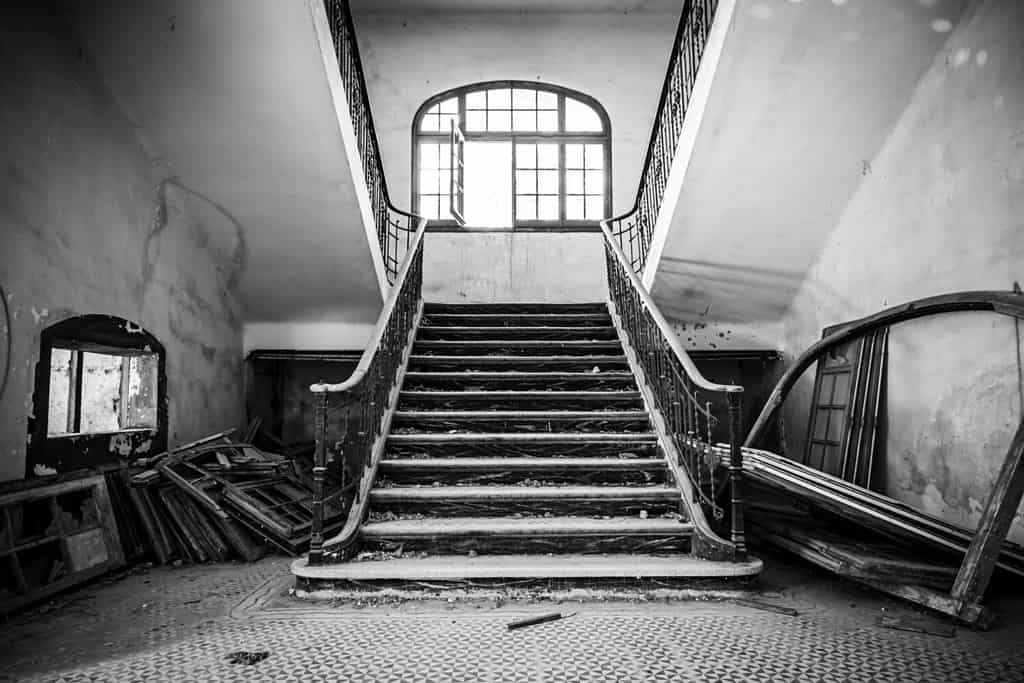
Gray is one of the most common colors that represent anxiety.
©Sergio Foto/Shutterstock.com
One of the main reasons we feel anxious is when we face unknown situations. And the color gray best represents the murky and faceless qualities of the unknown. Anxiety and the color gray go hand in hand when we consider the effects that overcast days have on our moods and emotions as well.
3. Red

The anger found in red may make you anxious.
©Keneva Photography/Shutterstock.com
While energizing and romantic, the color red also connects to anxious feelings because of its aggression. Anger is another emotion readily associated with the color red. The assertiveness of this shade may make certain individuals anxious and uncertain.
4. Yellow
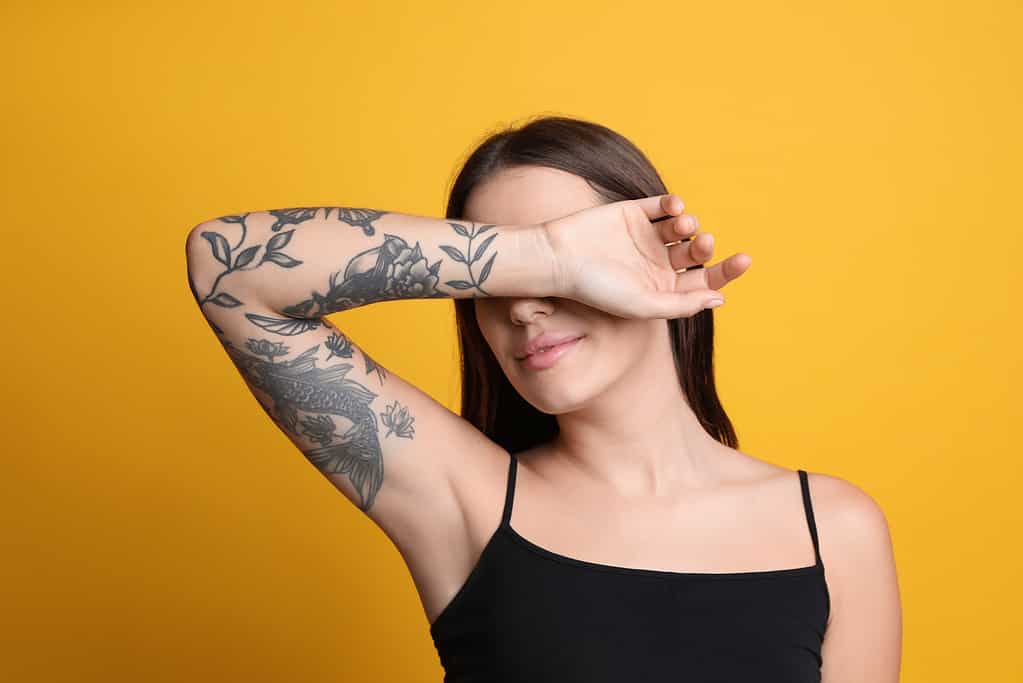
Yellow represents many feelings, including anxiety.
©Liudmila Chernetska/iStock via Getty Images
While it may be one of these top colors connected to happiness and joy, yellow may also bring out anxiety in certain people. This is likely because the color yellow is connected to warning symbols and caution signs, leading our brains to think of fearful things when we see this shade.
5. Brown

Uncomfortability is one emotion connected to the color brown.
©Tony Savino/Shutterstock.com
Even though brown noise is currently being studied as an anxiety reliever, the color brown may make your brain anxious when viewing it. Many dark shades are connected to negative emotions, especially one as routine as the color brown. Uncomfortability, uncertainty, and worry are all emotions commonly associated with this color.
6. Orange

Orange can be too aggressive, leading to anxious feelings.
©wing-wing/Shutterstock.com
Like red, the color orange can be viewed as an anxious color because of its assertive qualities. While orange may represent creativity or happiness to some people, others may view it in a more negative light. In fact, most warm shades are viewed as anxiety-inducing or otherwise in need of caution.
Symbolism Behind the Colors That Represent Anxiety
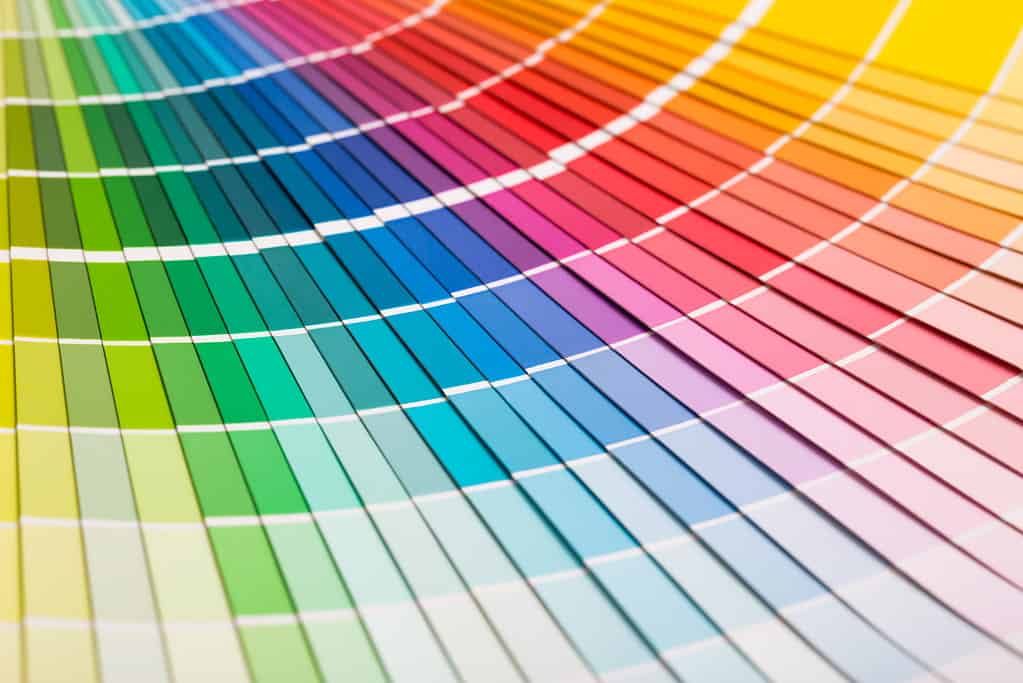
Anxiety may be represented by colors not listed here.
©scyther5/iStock via Getty Images
Most of the colors that represent anxiety symbolize uncomfortability, uncertainty, and aggressiveness. The reason why these colors may make us feel anxious is because of our shared experiences surrounding certain shades as well as how our brain parses color in general.
While these six colors are most commonly associated with anxiety, you may find that other colors or shades make you feel this negative emotion as well!
Where to Find Colors Representing Anxiety in Nature
If you want to test color theory out for yourself or otherwise explore your anxious emotions, here’s where you can find these six colors out in the world.
See if White Snow Makes You Anxious
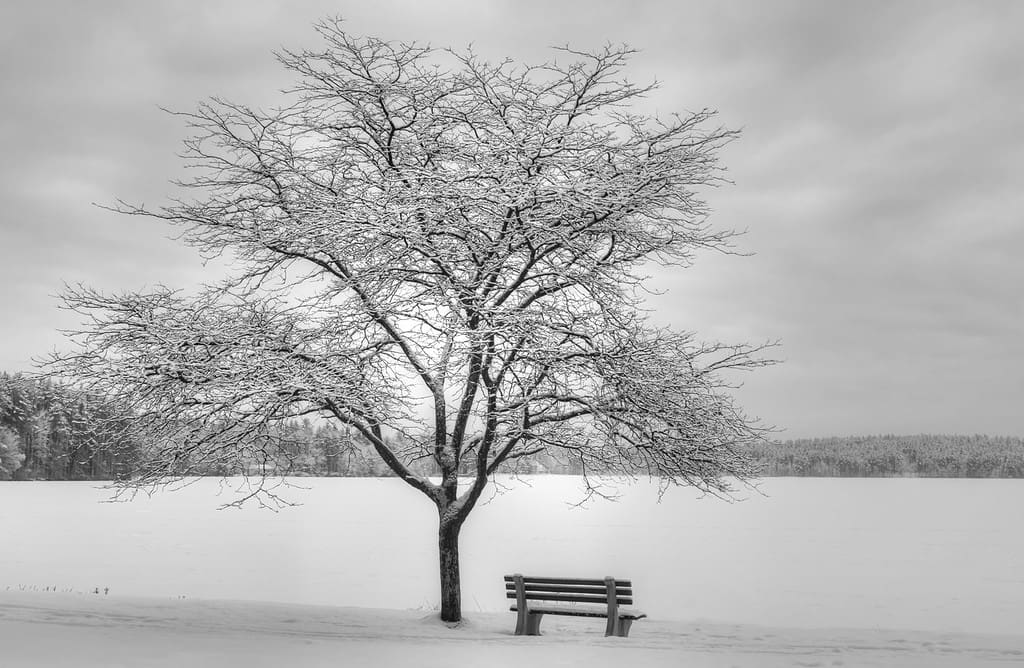
The emptiness of snow may make you anxious.
©Diana Nault/Shutterstock.com
Does a pristine, empty field of pure white snow make you feel anxious? It may be worth finding out, as the color white is best represented in the wintertime and on frigid, worrisome days!
Gray Days Reinforce Anxiety

Feelings of depression and anxiety are stronger on overcast days.
©Teresa Otto/iStock via Getty Images
Overcast skies are responsible for affecting moods around the world. Not only are our feelings of depression more prominent during gray days, but anxiety also spikes when clouds are overhead.
Red Leaves May Instill Anxiety
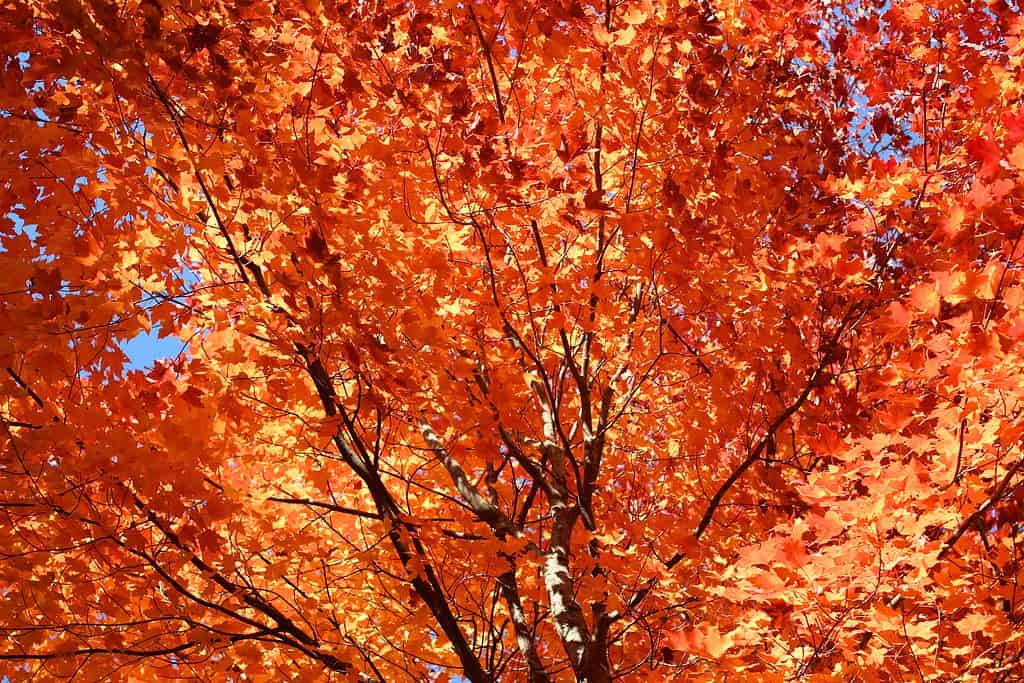
Red leaves may be aggressive and anxiety-inducing.
©KarenUpNorth/iStock via Getty Images
As the seasons change, you may feel more anxious as green leaves become red. While this is a beautiful and transformative time of year, the color red is on full display during the fall season, representing anxiety en masse.
Anxiety is Found in Harsh Yellow Sunlight

Anxieties may be higher on hot days.
©enjoy photo/Shutterstock.com
You may not feel anxious under the full rays of the sun, but this is one of the best ways to identify how the color yellow affects you. However, the positive effects of sunlight and vitamin D on our bodies typically help you avoid any anxious feelings you may have!
Muddy Brown Paths Lead to Anxiety
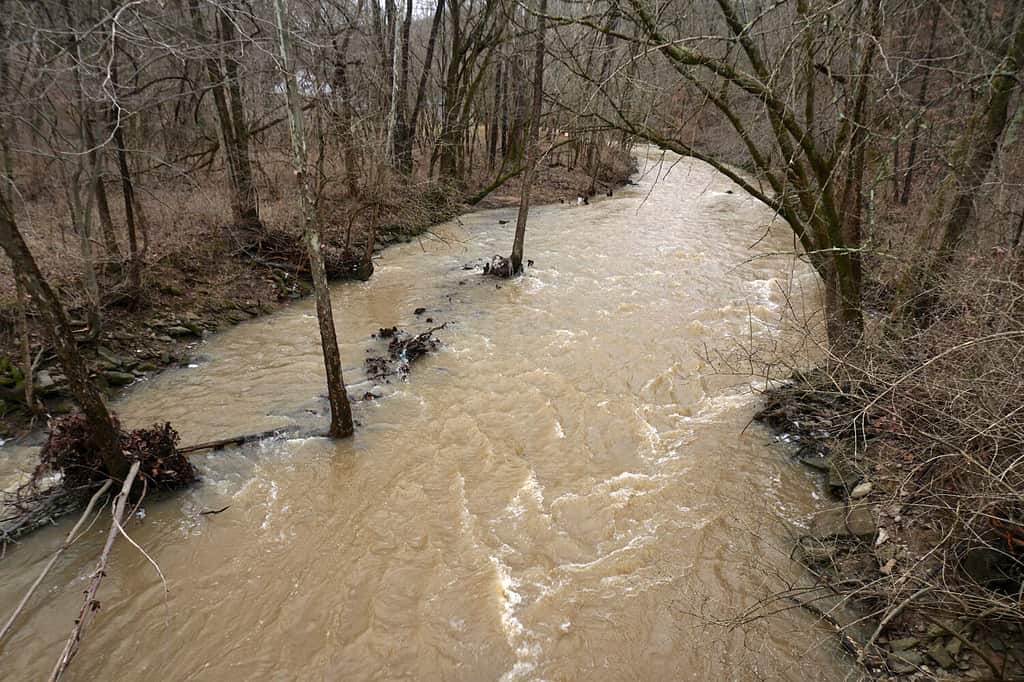
Dirt and mud are connected to the color brown.
©Tina Gutierrez/Shutterstock.com
Not only is mud dirty and potentially upsetting to those of you who want to avoid such circumstances, but it also represents the anxiety often held within the color brown. Explore how this color feels to you by taking a hike on a particularly rainy day!
Orange Flowers Can Induce Anxious Feelings

Orange flowers may not make you feel anxious.
©3d_and_photo/Shutterstock.com
While you may not feel anxious when looking at flowers, the aggressive and potent colors held within orange blossoms may spark some feelings of anxiety within. However, orange is a color connected to many different feelings. It may or may not make you feel anxious in the end!
Don’t Feel Anxious About These 6 Colors
Anxious feelings are feelings none of us want to experience truly. However, these colors represent anxiety and all of the moods that come with this concept. It may be worth exploring how you feel when you view these colors, as you may learn something surprising about your own anxieties!
Summary of Colors That Represent Anxiety
| Colors | Where to Find Them |
|---|---|
| Red | Leaves, foliage, plants |
| Orange | Flowers, plants, foliage |
| White | Snowscapes, clouds |
| Yellow | Sunlight, fields, flowers |
| Brown | Dirt, mud, tree trunks |
| Gray | Overcast clouds, boulders |
The photo featured at the top of this post is © Marcos Mesa Sam Wordley/Shutterstock.com
Thank you for reading! Have some feedback for us? Contact the AZ Animals editorial team.







